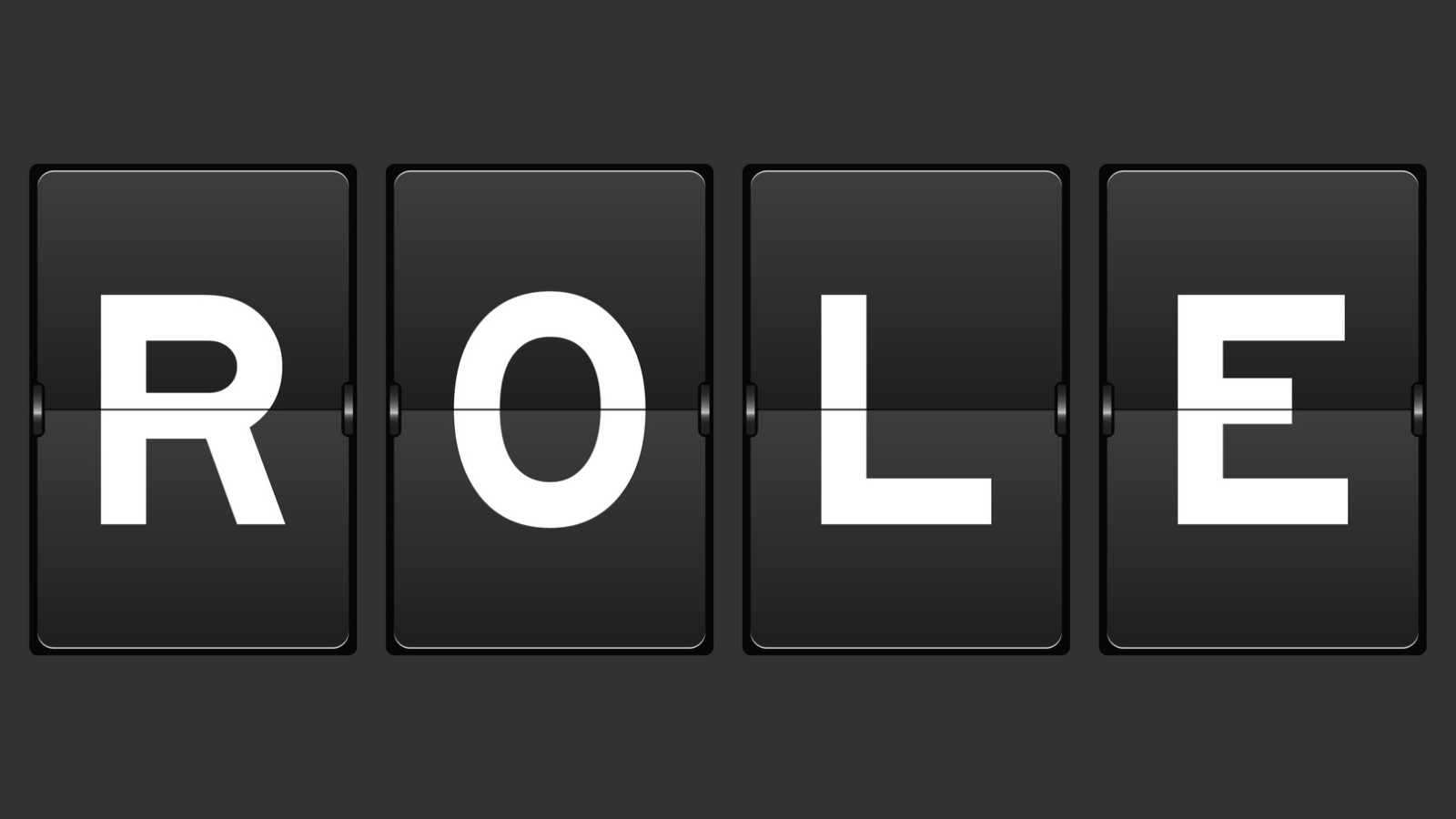Connecticut plans to cancel approximately $650 million in medical debt for around 250,000 residents, marking a significant stride in state-led financial relief efforts.
Liberating Residents from Financial Burden

Governor Ned Lamont highlighted the initiative’s potential to remove the financial cloud hanging over many residents, enabling them to pursue housing, education, and business opportunities without the weight of medical debt.
Criteria for Debt Relief

The program targets residents with medical debt exceeding 5% of their annual income or those with household incomes up to 400% of the federal poverty line.
Automatic Relief Process

Eligible residents will automatically receive notification of their debt cancellation, simplifying the process and ensuring a broad impact without needing applications.
Statewide Impact

With more than one in ten Connecticut residents facing medical debt in collections, this initiative promises significant relief across the state.
Funding the Initiative

Connecticut’s approach utilizes $6.5 million from the American Rescue Plan Act to contract with nonprofits specializing in buying and forgiving medical debt at a fraction of the owed amount.
A Growing Trend

Connecticut joins New Jersey and New York City in recent government-led efforts to address the burden of unpaid medical bills, each investing in programs to cancel or reduce residents’ medical debt.
The Role of RIP Medical Debt

Partnering with the nonprofit RIP Medical Debt, Connecticut and other governments aim to leverage the organization’s ability to negotiate medical debt purchases, maximizing the impact of their funds.
Challenges in Debt Elimination

Despite these efforts, there’s an acknowledgment that not all medical debt can be covered, highlighting the ongoing challenge of addressing healthcare affordability.
The Burden of Healthcare Costs

The high cost of healthcare in the U.S. has left adults with an estimated $195 billion in medical debt, underscoring the necessity of initiatives like Connecticut’s.
Disproportionate Impact

Medical debt disproportionately affects certain demographics, including Black Americans, middle-aged individuals, and particularly the middle class, who bear the brunt of healthcare expenses.
Medical Debt vs. Other Debts

Medical debt surpasses credit cards, utilities, and auto loans as the largest source of debt in collections, spotlighting the urgent need for intervention.
Credit Reporting Changes

In response to the medical debt crisis, major credit reporting agencies have begun removing a substantial portion of medical debt from consumer credit reports, aiding financial recovery.
Federal Considerations

The Consumer Financial Protection Bureau and the Biden administration are exploring additional measures to reduce the burden of medical debt on American families.
Read More From The Stock Dork



 Tags:
Tags:










